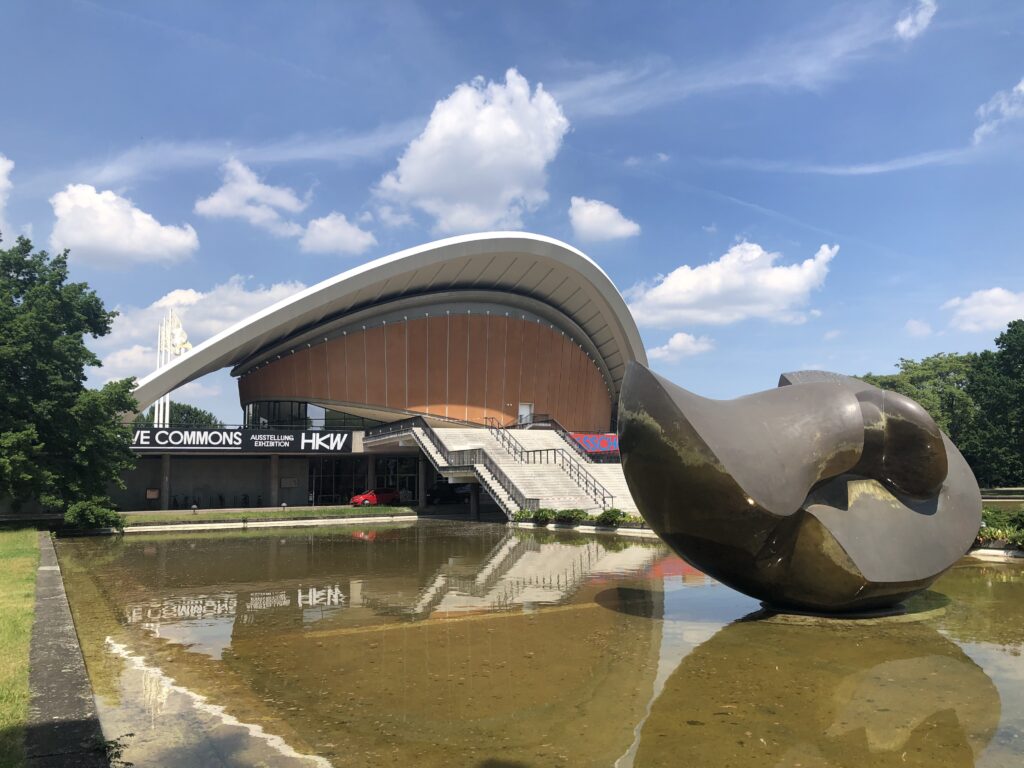Unsurprisingly, one of the most crowded places during Berlin’s Corona lockdown were her parks. Berlin city dwellers are lucky to have so many green spaces to choose from. Over 40% of the city is green, and there are 2,500 public parks just within the city limits. Beyond, we have the lakes and forests.
The queen of Berlin parks is the Tiergarten. This is Berlin’s green lung, originally countryside outside the Medieval city centre. It lay to the west, beyond the Brandenburg Gate, and was used first as a hunting reserve for Prussian nobility. It was traversed by sandy tracks leading to villages that one day would grow to become residential areas. After WWII, these would be known as the British sector of west Berlin .
By the late 17th century, gamekeepers were releasing hares, pheasants and deer to try their luck against hunter’s muskets and crossbows. A fine collection of these can be seen today in the German Historical Museum.

This usage gave the park its name today – the Tiergarten- lit. ‘animal garden’. It also necessitated the whole area being fenced off, and was therefore inaccessible to the general public.
This changed in the mid 1700s as the reserve was landscaped and opened to the public as a park for the first time. It was decorated with lakes and tree-lined avenues, and statues in marble and bronze. From then on, it became a crucial part of Berliners lives, up until today.
This was especially true during the Cold War period. From August 1961, it wasn’t the Tiergarten that was fenced off, but this time the entirety of the western side of the city. The Berlin Wall had been built. The ability to head out into the ‘countryside’ without having to go through an international border gave the Tiergarten a new significance for west Berliners.
Today, people wander in the park daily just as they used to over a century and a half ago. Today too, can these elements of Berlin still be witnessed, as penned in 1882 by writer Rodenburg. He says the park shows one ‘the beauties of the town, the toilets, the riches, the humour and the folly’.
Today, for those who want something more than a lawn to sunbathe, or a place to barbecue, the main attractions to be found in the Tiergarten are the Reichstag, or the Bellevue Palace and Victory column.
Now that lock-down has ended, even more folks are out and about. Strangely, there are some areas of the Tiergarten many have always passed by.
There is the forgotten section called the ‘English Garden’ with its tea house. Separated from the main body of the park by post-war rebuilding, it was gifted to the west Berliners by the British government in the late 1940’s. As the foreign minister of the UK at the time was Sir Anthony Eden, this new section became known as the ‘Garden of Eden’.
There is also another forgotten corner in the north-east that most don’t come across. This is marked by a signature post-war modern building called the Congress Hall. A strange looking building, it was designed by an American architect called Stubbins and opened in 1957. It was nick-named by the Berliners the ‘pregnant oyster’. It collapsed due to a design fault in 1980 before being reopened 9 years later. The front garden pool is graced with a sculpture ‘Split oval/butterfly’ by the legendary artist Sir Henry Moore.

Modern architecture often has weird and wonderful forms, but there is more to the story behind the design of this building. It’s supposed to remind us of a tent.
Once Prussian king Fredrick the Great had opened the park to the public, there was money to be made. So, in 1745, here on the banks of the Spree river, Berliners of Huguenot extraction, (originally coming a generation before as Protestant refugees, mainly from France) applied for and were granted licences to open refreshment tents. Here were served first drinks, and later food as well. Berlin river and lake fish were also enjoyed: Pike, Eels and Pike Perch, and even Tadpoles in beer sauce.

For the founders of this business, their way to work was short. Directly on the other side of the river was and still is the workers district of Moabit where the Huguenots had settled from 1686. Gondolas acted as water-taxis taking revellers back to this area, renowned for its pubs.
This tented area became hugely popular in the summer months, and eventually the tents were replaced by four permanent buildings, still called ‘tents’ and sponsored by breweries. This is a similar arrangement to the most famous set of ‘tents’ of all – the Munich Oktoberfest.


The area was eventually dominated by the construction of a multiplex called the Kroll Opera. The Tents, the opera and surrounding residential areas cemented the district as one of the most desirable locations in Berlin.
It was all left in ashes by the Nazi’s war. Today, its remembered by the strange form of the Congress Hall, and a short lane leading to the river. It’s still called ‘In the tents’, even today.
